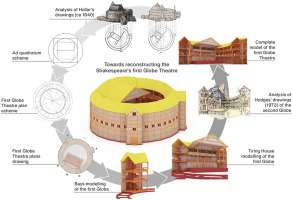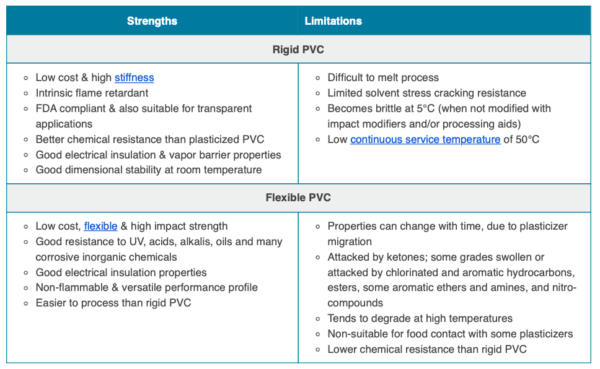The story of construction in Springfield‚ Illinois is inextricably linked to the availability and quality of its building materials. For years‚ residents and contractors alike have sought reliable sources to fuel their projects‚ from modest home renovations to large-scale commercial developments. However‚ a fresh look at the landscape reveals untapped potential and the need for innovative approaches to procuring materials. This article will explore the evolving needs of Springfield’s construction industry and examine how businesses like Cardinal building materials Springfield Illinois can adapt and thrive.
The Evolving Needs of Springfield Construction
Springfield’s construction scene is dynamic‚ influenced by factors ranging from economic fluctuations to changing demographics. Understanding these forces is crucial for any supplier aiming to succeed. Key trends include:
- Sustainability: Growing awareness of environmental impact is driving demand for eco-friendly materials.
- Technology: Digital tools are transforming construction processes‚ requiring materials that integrate seamlessly with modern methods.
- Cost-Effectiveness: Budget constraints remain a significant concern‚ pushing buyers to seek the best value for their money.
Challenges Faced by Local Suppliers
Local building material suppliers face unique challenges in meeting these evolving needs. Some of these challenges include:
- Competition: Large national chains often have greater buying power‚ allowing them to offer lower prices.
- Supply Chain Disruptions: Global events can impact the availability and cost of certain materials.
- Keeping Up with Innovation: Staying abreast of the latest technological advancements in building materials requires ongoing investment.
A New Approach to Building Materials
To overcome these challenges and thrive in Springfield’s competitive market‚ companies need to adopt a more strategic approach. This includes:
Focus on Niche Markets
Identifying and catering to specific niches‚ such as sustainable building practices or specialized materials for historic preservation‚ can provide a competitive edge. Offering expert advice and customized solutions within these niches can further enhance value.
Building Strong Community Relationships
Establishing strong relationships with local contractors‚ architects‚ and homeowners is essential. Participating in community events‚ sponsoring local initiatives‚ and offering personalized service can foster loyalty and trust. Furthermore‚ being a trusted partner on projects large and small goes a long way.
Embracing Digital Technologies
Leveraging digital platforms for online ordering‚ inventory management‚ and customer communication can streamline operations and improve customer experience. Cardinal building materials Springfield Illinois can benefit immensely by enhancing their online presence.
Comparative Analysis: Local vs. National Suppliers
| Feature | Local Supplier (e.g.‚ Cardinal Building Materials) | National Chain |
|---|---|---|
| Personalized Service | Often Higher | Often Lower |
| Local Expertise | Generally Higher | Generally Lower |
| Price | Can be competitive‚ depends on volume | Potentially Lower (due to volume discounts) |
| Community Involvement | Higher | Lower |
| Flexibility | Higher | Lower |
The future of building material supply in Springfield hinges on adaptation and innovation. Suppliers who can successfully navigate the changing landscape‚ embrace new technologies‚ and prioritize customer relationships will be best positioned for long-term success. As we look ahead‚ it is clear that the businesses that listen to the needs of the local community will be the ones who thrive. Cardinal building materials Springfield Illinois‚ with its potential for local expertise and personalized service‚ can play a vital role in shaping that future.






